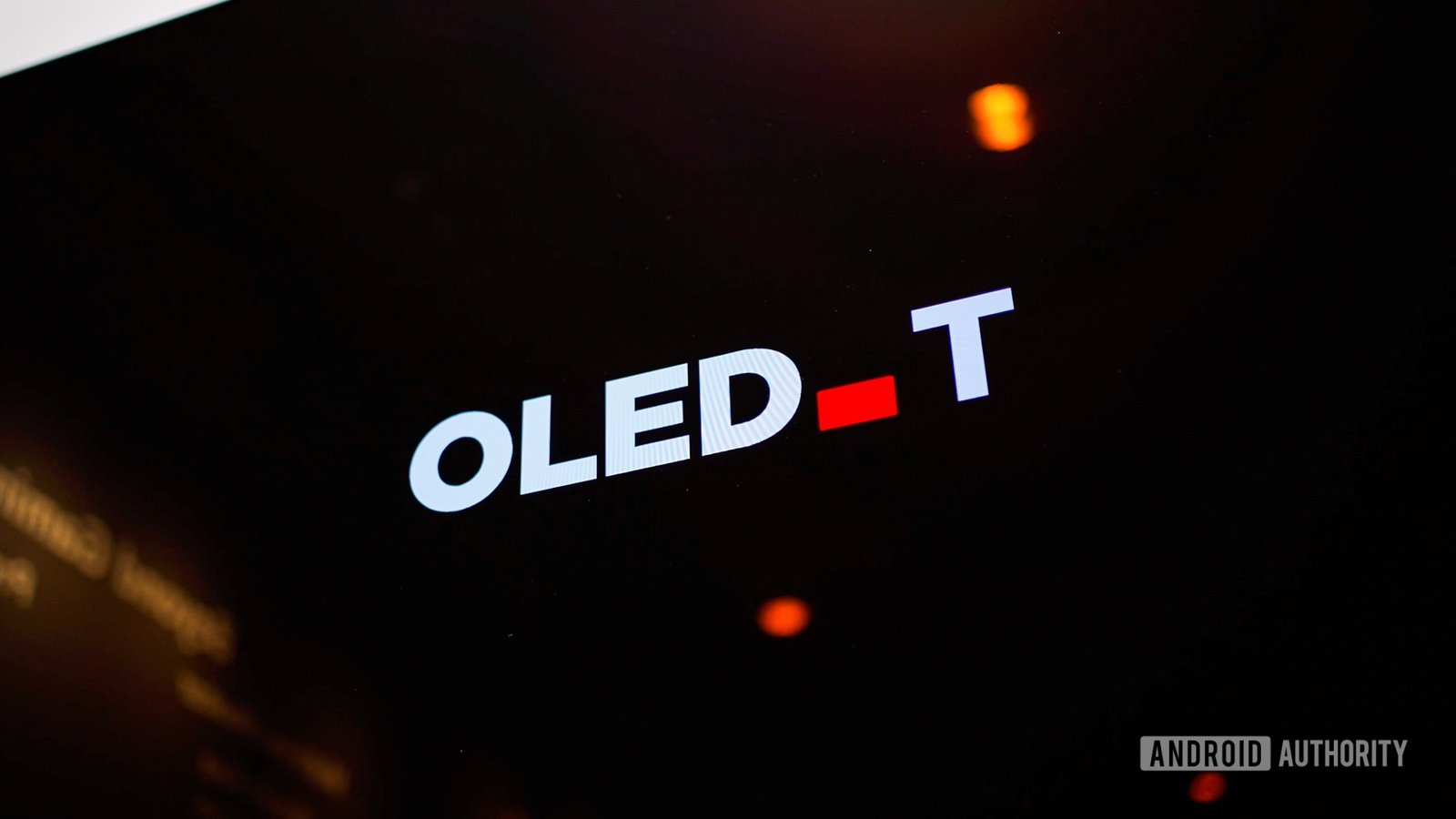
What is tandem OLED and how does the display technology work?
-
by Anoop Singh
- 11
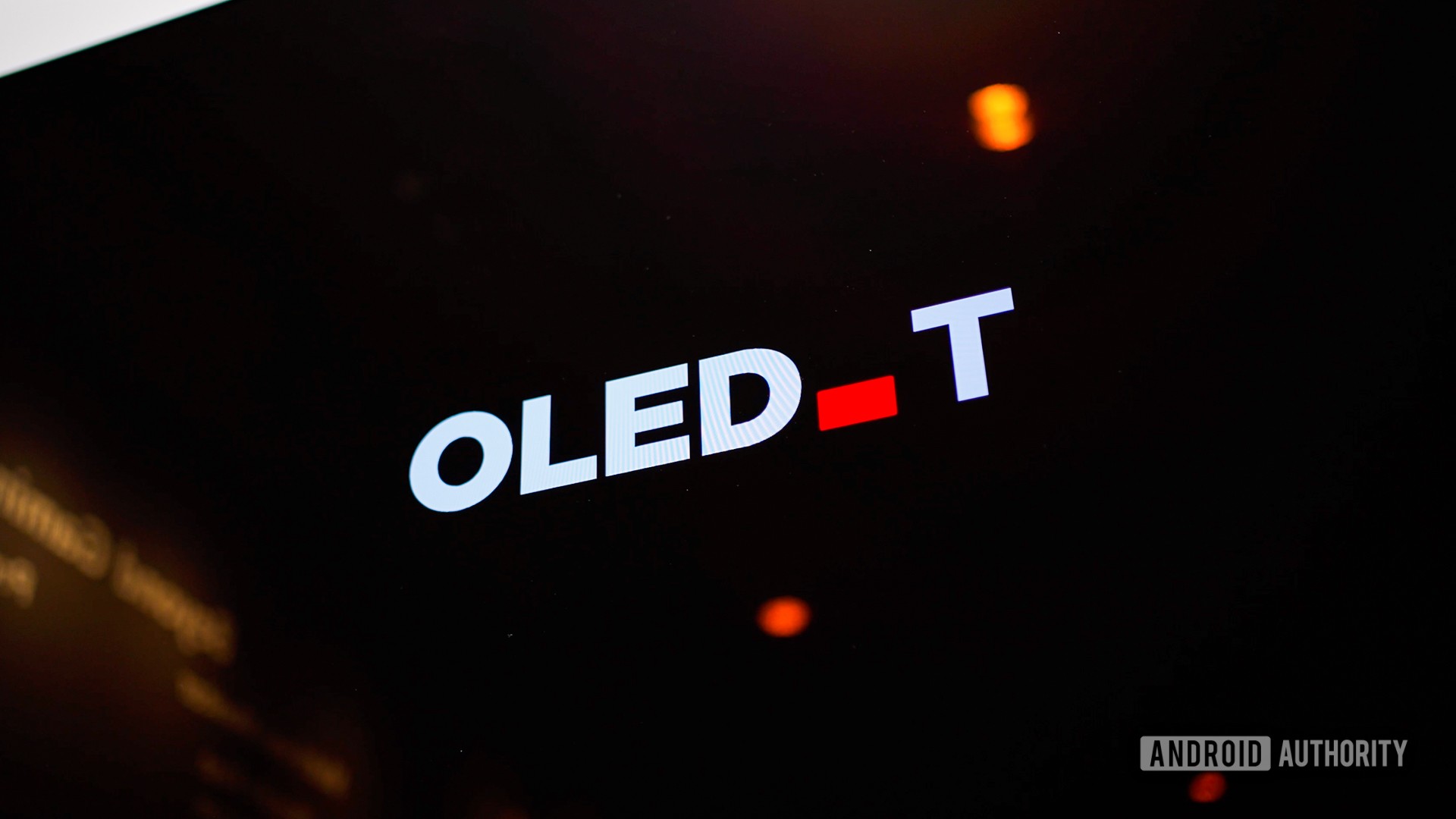
Lanh Nguyen / Android Authority
If you dig into the technical specs of Apple’s latest iPad Pro, you may notice its display is called the Ultra Retina XDR display. While Apple embellishing the latest display technology is nothing new, this time is different. In fact, the display in the M4 iPad Pro is one of the first true advancements in several years and deserves closer inspection. Luckily, you won’t have to look very far to find out why as the very next line in the specs table reads “Tandem OLED.”
Tandem OLED may sound like Apple just invented another marketing term, but it’s actually an industry-standard technology that we should soon see adopted across the consumer electronics industry. Here’s what it means and why it’s a step up from conventional OLED.
What is Tandem OLED?
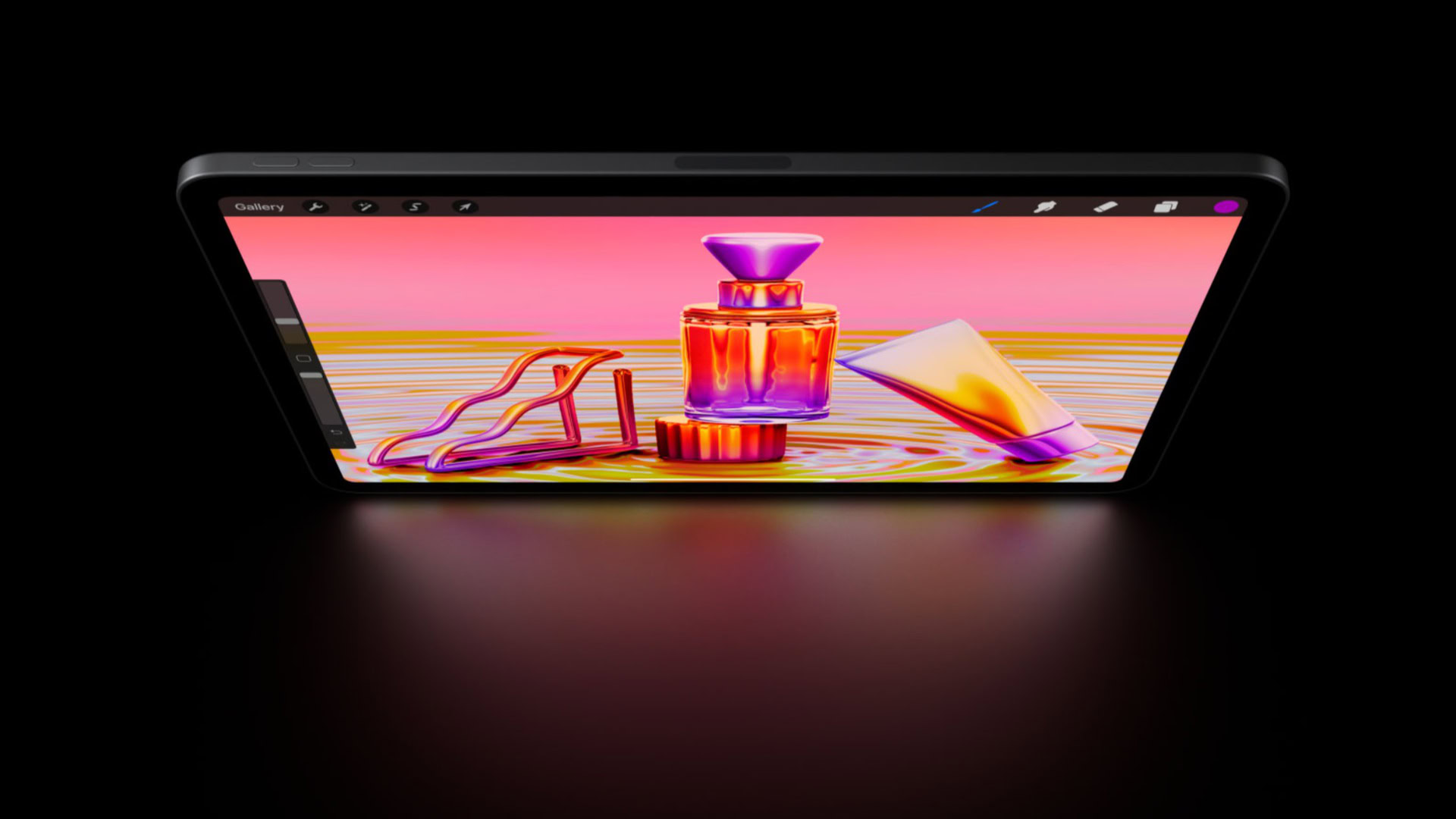
Tandem OLED refers to the use of two organic light-emitting layers, stacked on top of each other. The technology combines two layers of OLED pixels, each with its own red, green, and blue (RGB) subpixels. These layers work together or in “tandem,” allowing them to achieve higher brightness levels without stressing the organic materials nearly as much as a traditional, single-layer OLED.
OLED displays have long been praised for their excellent contrast ratios, deep blacks, and vibrant colors compared to LCDs. However, they have some glaring drawbacks as well. Take brightness, for instance. While small smartphone-sized OLED displays can reach upwards of 2,000 nits of brightness these days, larger panels like the one in the Galaxy Tab S9 max out at around 750 nits.
Larger OLED panels require more power to achieve the same level of brightness as their smaller counterparts. The increased power consumption not only impacts the device’s battery life but also leads to the generation of more heat. Heat is a significant factor in the lifespan and performance of OLED displays, as it can accelerate the degradation of organic materials used in the panel. This is commonly known as burn-in.
Tandem OLED allows for brighter displays without the associated burn-in risk.
Tandem OLED’s dual-layer structure allows it to achieve higher brightness levels without running into the risk of burn-in. Think of it as distributing the load across two layers instead of pushing one past its peak performance.
LG Display began selling the first tandem OLED displays to the automotive industry back in 2019. However, it took until 2024 for the company to begin mass production of larger panels for the consumer electronics industry. While Apple was the first to market with the technology, LG says that we can expect more devices to feature tandem OLED in the near future.
Why did Apple adopt Tandem OLED?
Until the iPad Pro (2024), the iPhone was the largest Apple device with an OLED display. Even as competitors like Samsung adopted OLED for their flagship laptops and tablets, Apple stuck to LCD for nearly a decade. And even though the Cupertino giant used mini-LED backlights in the 2022 iPad Pro and Macbook Pro, those ultimately couldn’t deliver OLED-like results either.
Mini-LED displays use hundreds or even thousands of tiny LEDs for backlighting, but the rest of the display assembly is the same as any LCD. Mini-LEDs help improve black levels and boost brightness to a considerable degree but they still don’t quite replicate the pixel-level control of OLED. With bright objects against a black background, it’s easy to spot a phenomenon known as “blooming” on mini-LED displays (pictured below).
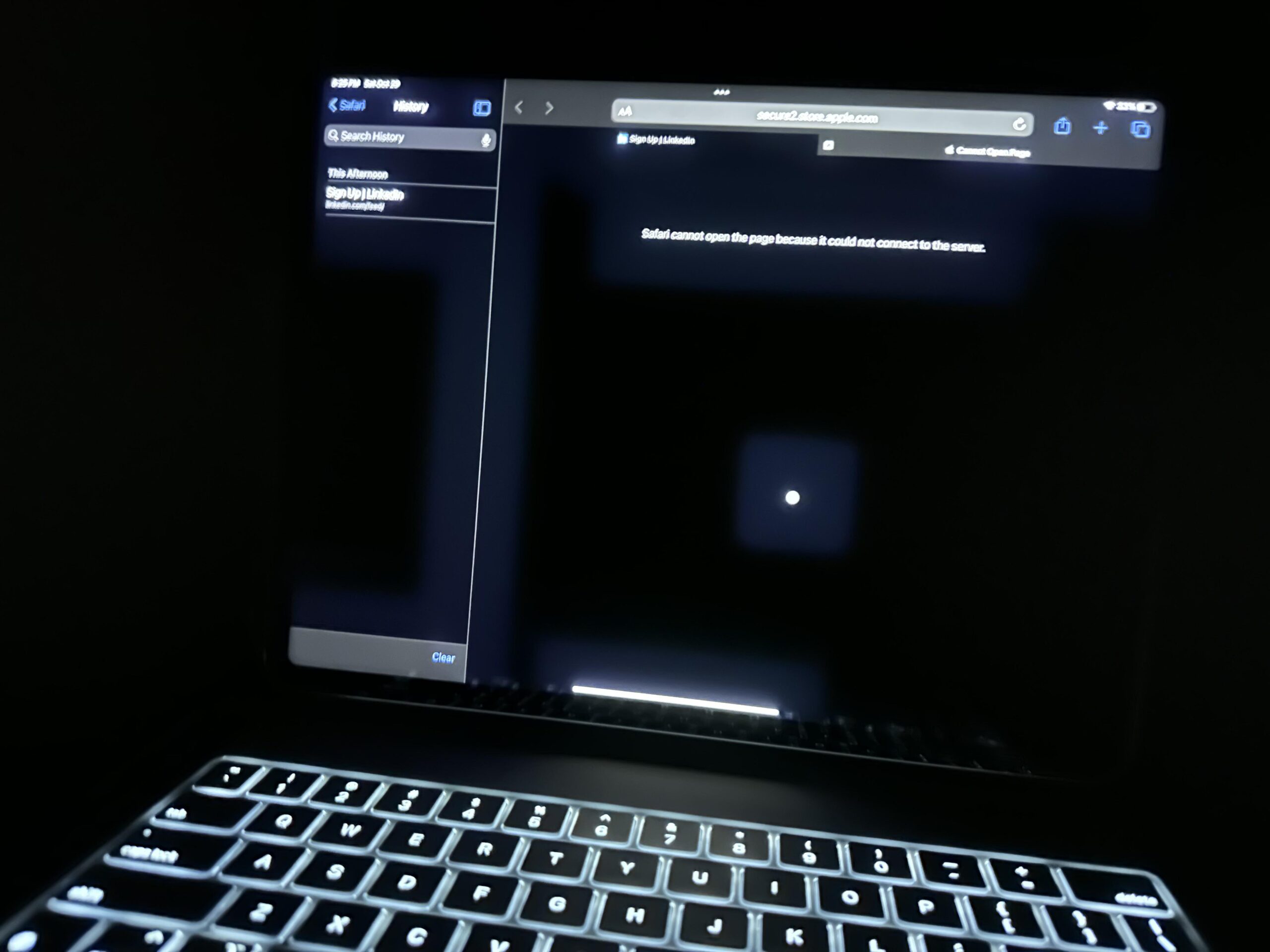
With enough dimming zones, mini-LED can look nearly indistinguishable from OLED. However, OLED still has plenty of other non-contrast benefits like instant response times and better viewing angles. And with the new tandem OLED tech, Apple can guarantee equivalent brightness levels and durability as its outgoing mini-LED displays. Specifically, the 2024 iPad Pro achieves a peak brightness of 1,600 nits in HDR content.
Tandem OLED vs Mini-LED: Finally catching up
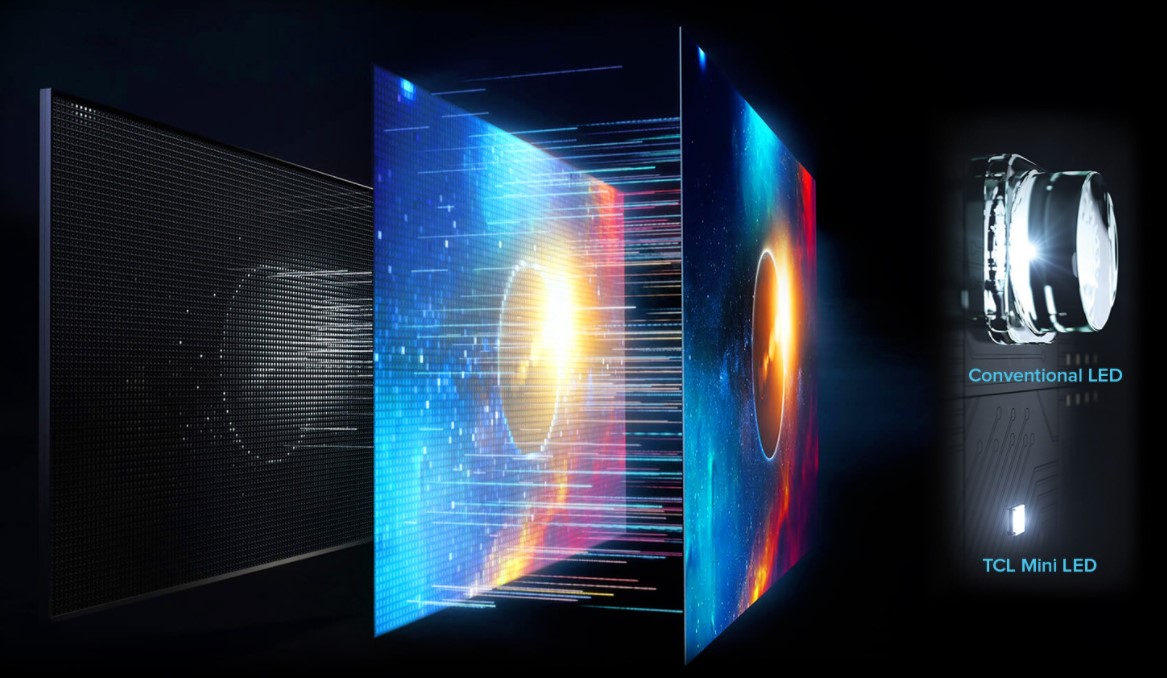
Tandem OLED technology offers a significant leap forward in display quality. By stacking two OLED layers, it addresses key limitations of traditional OLED panels. Here’s why more manufacturers will turn to tandem OLED in the future:
- Exceptional Brightness: Tandem OLED delivers substantially higher brightness without compromising image quality or longevity. As someone with an OLED TV, I can attest that older displays weren’t bright enough to overcome a bright, sun-filled room. This is one area where mini-LED has historically reigned supreme vs OLED.
- Improved Efficiency: The dual-layer structure of tandem OLED allows for more efficient light emission, reducing power consumption compared. This translates to lower heat output in larger displays such as tablets and TVs, allowing the panel to remain at its brightest for longer.
- Better durability: One of the most compelling benefits is increased lifespan. Tandem OLED’s distributed workload helps mitigate burn-in due to the aforementioned heat reduction.
- Slimmer design: The latest iPad Pro utilizes tandem OLED to achieve a sleek 6.4mm thickness. That said, conventional OLED displays are already extremely thin compared to their LCD counterparts.
Drawbacks of tandem OLED: What’s the catch?
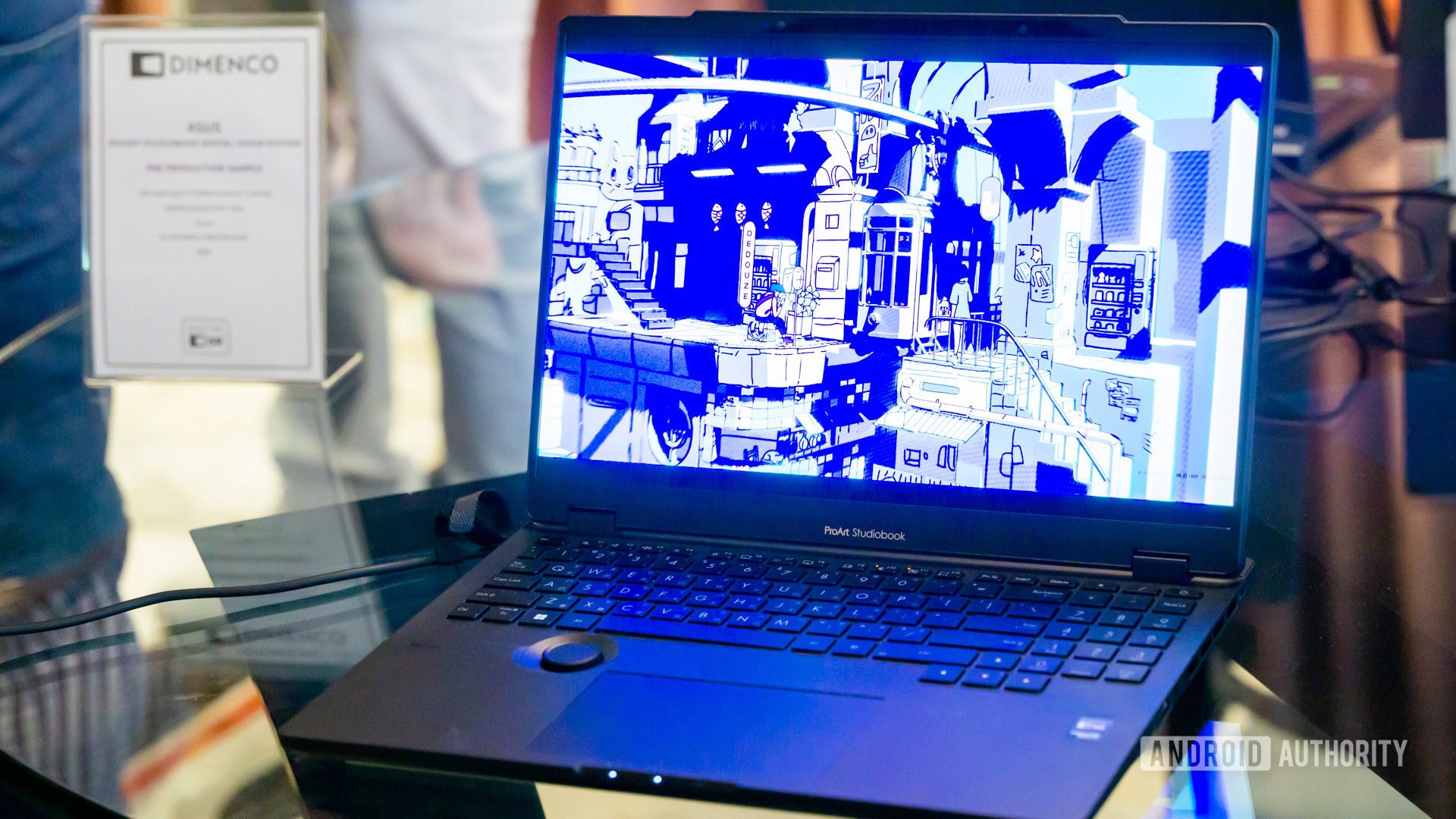
Edgar Cervantes / Android Authority
Tandem OLED is a win-win in all aspects, except for perhaps cost. The new iPad Pro comes in at a hefty price premium compared to the outgoing mini-LED model. The Korea Economic Daily reported that Apple pays Samsung and LG’s display subsidiaries $290 for each 11-inch and $390 for each 12.9-inch OLED panel.
We may see tandem OLED become cheaper over the next few years similar to how traditional OLED prices have declined since their debut in the early 2010s. However, it’s unclear if the tech will trickle down to smartphones or wearables as quickly. LG Display’s recent press release announcing mass production didn’t mention smaller devices. Yet, these form factors also stand to benefit from increased brightness and power efficiency.
As with conventional OLEDs, however, we can expect tandem OLED tech to become cheaper and more widely available in the coming years. MicroLED displays are still several years away and still face several challenges so OLED is likely to stay for the foreseeable future.
Lanh Nguyen / Android Authority If you dig into the technical specs of Apple’s latest iPad Pro, you may notice its display is called the Ultra Retina XDR display. While Apple embellishing the latest display technology is nothing new, this time is different. In fact, the display in the M4 iPad Pro is one of…
Lanh Nguyen / Android Authority If you dig into the technical specs of Apple’s latest iPad Pro, you may notice its display is called the Ultra Retina XDR display. While Apple embellishing the latest display technology is nothing new, this time is different. In fact, the display in the M4 iPad Pro is one of…
